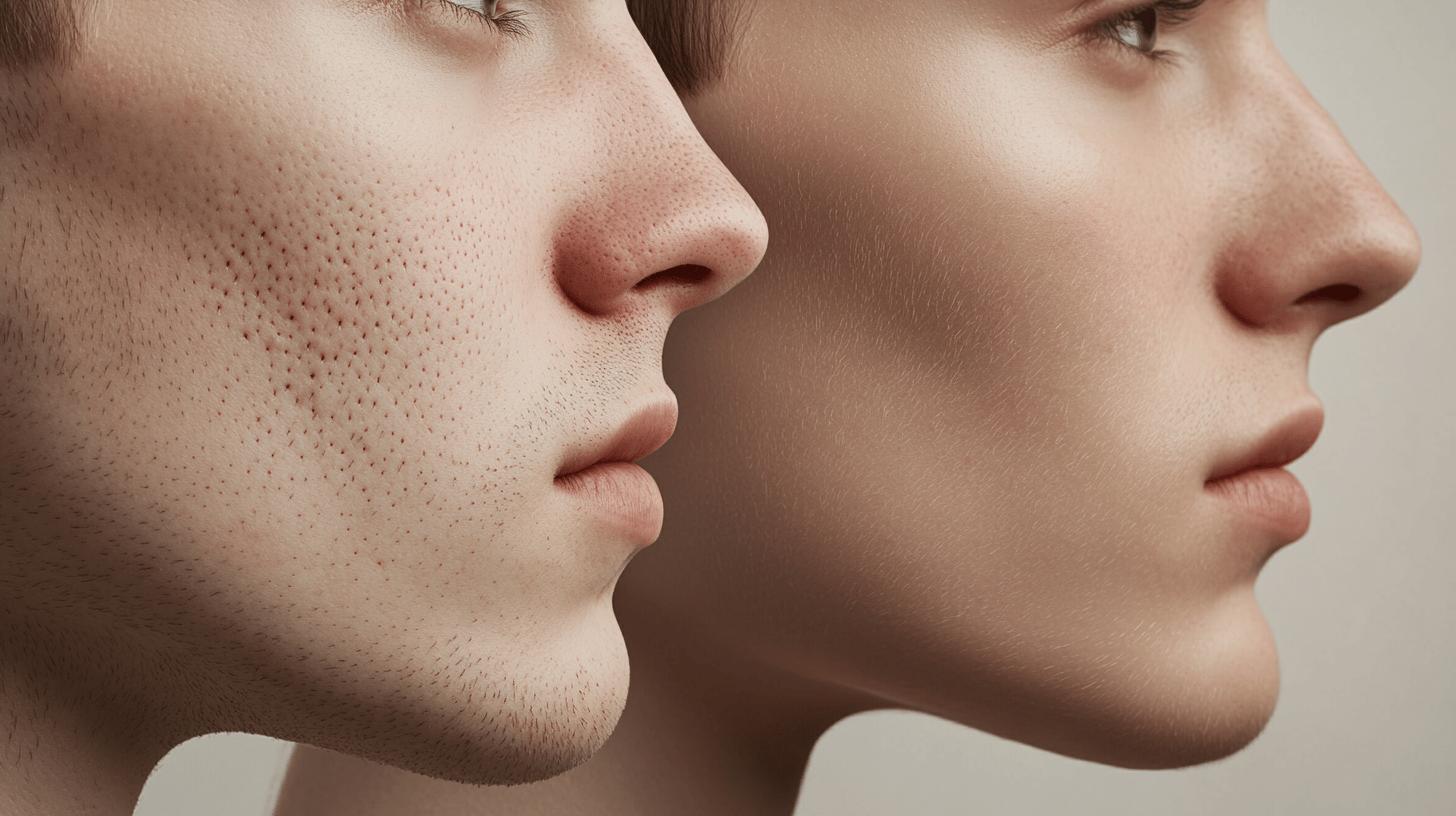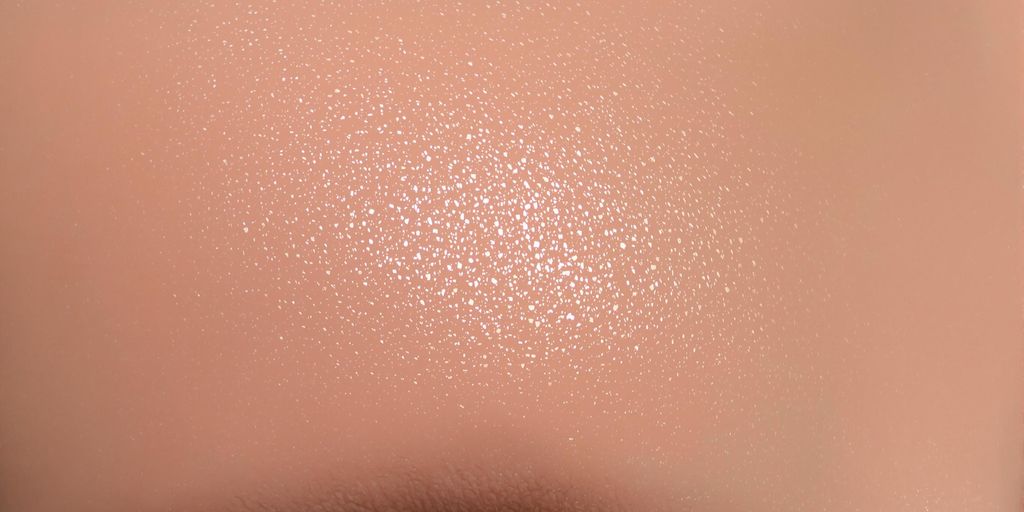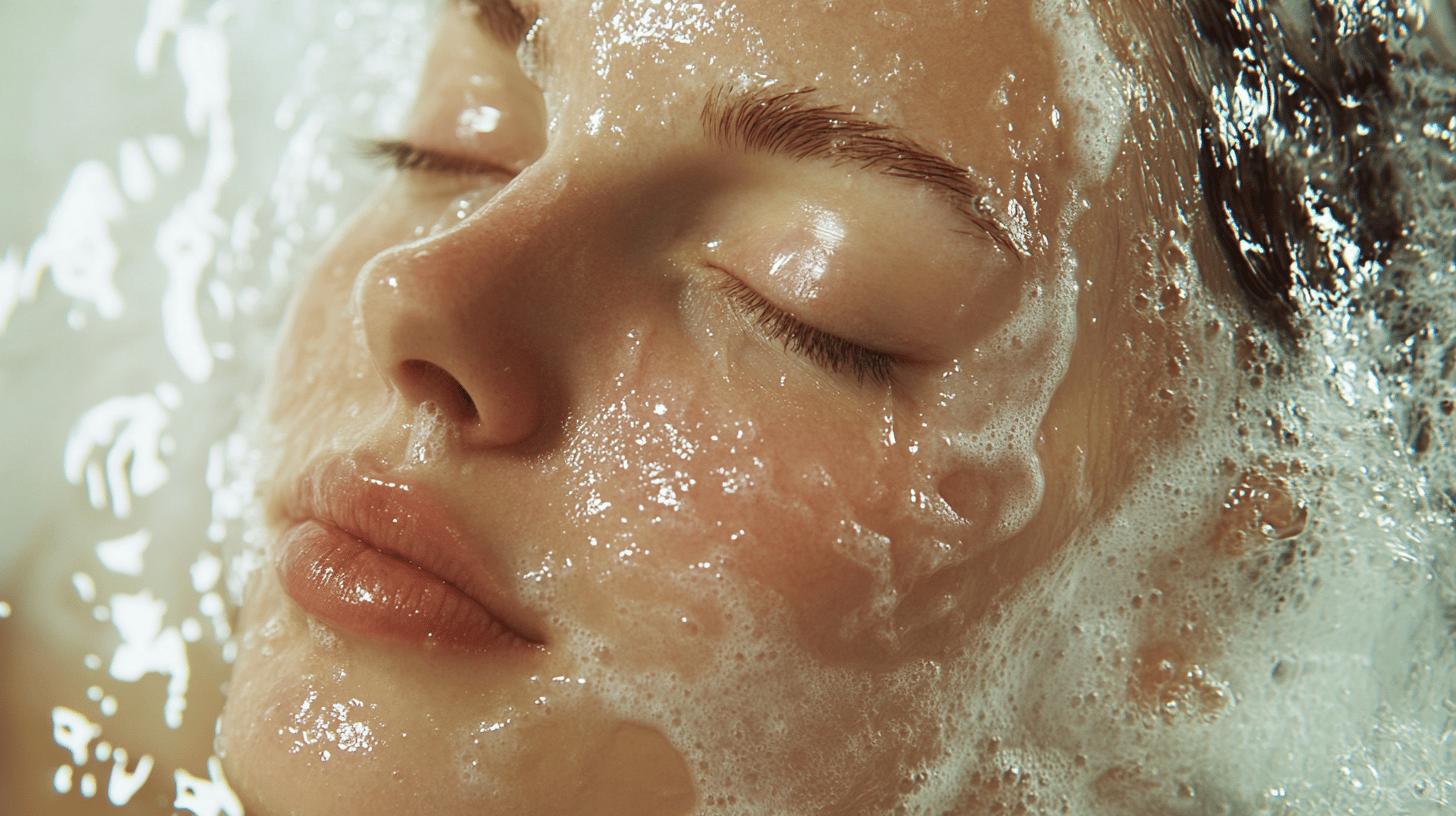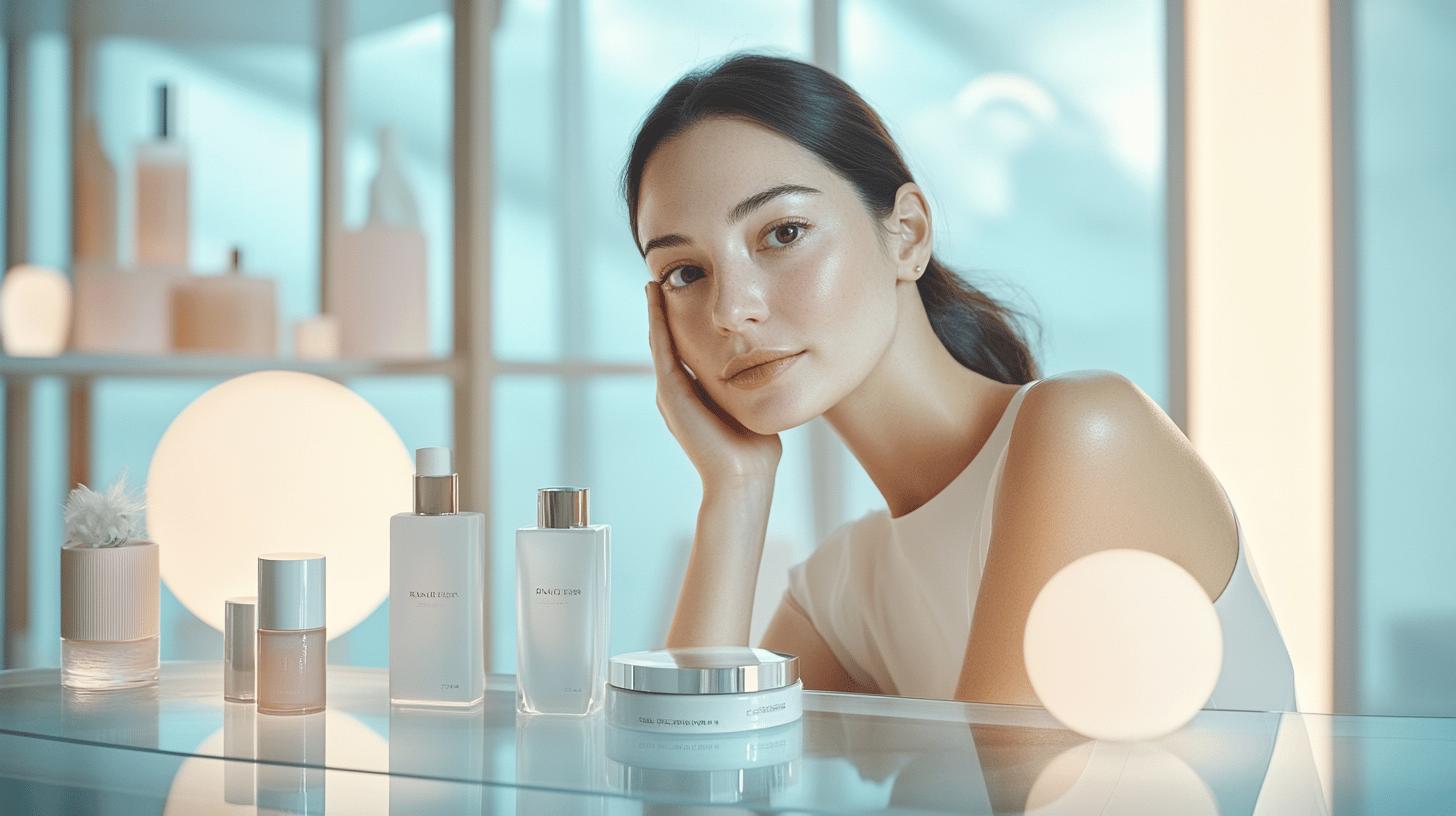Is it possible to achieve a chiselled jawline without going under the knife? With the rise of non-surgical jawline contouring, many are discovering the allure of enhancing their features with minimal fuss. Known for its minimally invasive techniques, such as dermal fillers, and offering quicker recovery, this trend is redefining the pursuit of jawline perfection. In this article, readers will learn why these innovative methods are gaining traction and how they might offer a compelling alternative to traditional surgery. Discover if non-surgical contouring could be the enhancement you’ve been searching for.
Understanding Non-Surgical Jawline Contouring
Non-surgical jawline contouring has surged in popularity, appealing to those seeking jawline enhancement without surgery. Its allure stems from the minimally invasive techniques that use dermal fillers, such as hyaluronic acid, to redefine and accentuate the jawline. These procedures are favoured for their ability to be performed swiftly, often within an hour, in a clinical setting. The preference for non-surgical options is largely due to the reduced recovery time and the diminished risk of complications compared to traditional surgical methods.
- Minimally invasive
- Quick procedure time
- Immediate results
- Lower cost compared to surgery
- Reduced recovery period
The convenience and accessibility of non-surgical jawline contouring contribute significantly to its rise. Patients appreciate the ability to achieve noticeable improvements without the burden of extended downtime. This has made such treatments an attractive option for those with busy lifestyles or for those who are not ready to commit to more invasive surgical procedures.
Techniques and Procedures in Non-Surgical Jawline Contouring
Non-surgical jawline contouring primarily relies on injectable fillers to achieve a defined and enhanced jawline. The most common substances used in these procedures are hyaluronic acid and calcium hydroxylapatite. These fillers are selected for their ability to provide immediate volume and structure, thereby reshaping the jawline without invasive surgery. The entire process is typically completed within 30 to 60 minutes, offering a swift and efficient solution with minimal downtime. Results from these treatments can last between six months to two years, contingent on the type of filler used. While safety concerns are generally low, it is imperative that patients choose qualified professionals to administer these treatments to ensure optimal outcomes and minimise potential risks.
Hyaluronic Acid Fillers
Hyaluronic acid fillers are renowned for their hydrating and volumising properties. These fillers are commonly used for jawline contouring due to their ability to attract and retain moisture, providing a natural and youthful appearance. The effects of hyaluronic acid fillers typically last between six to eighteen months, making them a popular choice for those seeking temporary yet effective enhancement. Their reversibility is another advantage, allowing adjustments if necessary, which contributes to their widespread appeal.
Calcium Hydroxylapatite Fillers
Calcium hydroxylapatite fillers offer distinct benefits, particularly in terms of longevity and support. These fillers are composed of a mineral-like compound found naturally in bones, providing firmer and more substantial results. They are often used to address moderate to severe jawline concerns, as they offer a longer-lasting solution with effects enduring up to eighteen months to two years. The structural support provided by calcium hydroxylapatite makes it an excellent choice for individuals seeking a more pronounced jawline definition.
Choosing a qualified practitioner is crucial when considering non-surgical jawline contouring. The expertise of the practitioner plays a significant role in achieving safe and effective results, as they possess the necessary skills to tailor the treatment to individual needs. Patients are encouraged to conduct thorough research and consultations to ensure they receive the highest standard of care.
Comparing Non-Surgical and Surgical Jawline Contouring

When evaluating non-surgical vs surgical jawline contouring, recovery time is a significant factor. Non-surgical options, such as using injectable fillers, offer minimal downtime. Patients can often resume normal activities immediately following the procedure. In contrast, surgical jawline contouring typically requires an extensive recovery period, often lasting several weeks. Moreover, surgery carries a higher risk of complications such as infection, scarring, or nerve damage, whereas non-surgical methods pose fewer risks, making them an appealing choice for many.
Cost and result permanence are also crucial considerations. Non-surgical jawline contouring is generally more affordable. Surgical options, however, often exceed this range due to the complexity and the need for anaesthesia. While surgery offers more permanent changes, non-surgical methods provide a reversible and adjustable solution. These temporary results allow patients to modify their appearance gradually or revert if desired, which can be advantageous for those seeking flexibility.
Expert insights and patient testimonials commonly highlight satisfaction with non-surgical jawline contouring. Experts assert that while these treatments are not suited for dramatic transformations, they effectively enhance the jawline subtly. Patients frequently express contentment with the natural-looking results and the convenience of the quick recovery period. This feedback underscores the growing preference for non-surgical alternatives among individuals prioritising ease and lower risk in their aesthetic enhancements.
Costs and Considerations for Non-Surgical Jawline Contouring
The cost of non-surgical jawline contouring typically ranges from £500 to £1,600, influenced by factors such as the type of filler used, the practitioner’s expertise, and the geographical location of the clinic. Treatments using premium products or in high-demand areas may incur higher fees. Despite these variances, non-surgical options generally present a more cost-effective alternative to surgical procedures, allowing individuals to enhance their appearance without the substantial financial commitment associated with surgery.
- Swelling
- Bruising
- Temporary discomfort
- Asymmetry
While safety concerns with non-surgical jawline contouring are minimal, patients may experience temporary side effects. These generally include mild swelling, bruising, and discomfort, which typically subside within a few days. Asymmetry can occasionally occur but is often correctable with minor adjustments. To minimise risks and ensure optimal results, it is crucial for individuals to consult with qualified professionals. Expert practitioners can provide personalised advice, assess the suitability of the procedure, and tailor treatments to meet specific aesthetic goals, ensuring both safety and satisfaction.
Expert Recommendations and Patient Experiences
Experts in aesthetic treatments emphasise that non-surgical jawline contouring is particularly suitable for individuals seeking subtle enhancements rather than dramatic changes. These procedures are recommended for those desiring to refine and define their jawline without committing to permanent alterations. While non-surgical methods offer significant advantages, such as minimal downtime and lower risk, they may not fulfil the expectations of those looking for more substantial transformations. Therefore, consulting with a qualified practitioner is crucial to determine the best approach for each individual’s facial aesthetic goals.
Patient testimonials frequently express satisfaction with the outcomes of non-surgical jawline contouring. Many appreciate the natural-looking results that enhance their facial features while maintaining their inherent appearance. The quick recovery period is another highly valued benefit, allowing patients to resume their daily activities shortly after the procedure. These positive experiences contribute to the growing popularity of non-surgical options, as they provide a convenient and effective solution for enhancing jawline aesthetics without the need for invasive surgery.
Final Words
Exploring “The Rise of Non-Surgical Jawline Contouring: What You Need to Know” underscores the increasing appeal of these minimally invasive procedures. Techniques such as hyaluronic acid and calcium hydroxylapatite fillers offer cost-effective and reversible enhancements with minimal downtime. When compared to surgical options, non-surgical jawline contouring presents a safer alternative with quick recovery times and adjustable results. Expert insights and patient testimonials reflect high satisfaction rates, emphasising the natural and immediate results. For those seeking subtle jawline enhancements without surgery, this approach offers an accessible and effective solution.
FAQ
What is non-surgical jawline contouring?
Non-surgical jawline contouring involves enhancing the jawline using injectable fillers and techniques that are minimally invasive. It is gaining prominence due to its quick procedure time and reduced recovery compared to surgery.
What are the benefits of non-surgical jawline contouring over surgical methods?
The benefits include:
- Minimally invasive nature
- Quick procedure time
- Immediate results
- Lower cost compared to surgery
- Reduced recovery period
Which techniques and substances are used in non-surgical jawline contouring?
Common techniques utilise injectable fillers such as hyaluronic acid and calcium hydroxylapatite. These substances provide varying durability, with effects lasting from 6 months to 2 years, depending on the type used.
What are the properties of hyaluronic acid fillers?
Hyaluronic acid fillers are renowned for their hydrating properties and versatility. They are often used for subtle enhancements, with results typically lasting 6 to 18 months, depending on the formulation.
What are the benefits and longevity of calcium hydroxylapatite fillers?
Calcium hydroxylapatite fillers are known for their robust build and longevity, often used to enhance structure. They provide results lasting approximately 12 to 24 months, depending on the application.
How do non-surgical jawline contouring options compare to surgical methods?
Non-surgical contouring offers reduced recovery times, lower risks, and reversible results, contrasting with the permanent, higher-risk nature of surgery. However, surgery may provide more dramatic changes.
What is the cost of non-surgical jawline contouring, and what factors influence it?
The cost ranges from £470 to £1,570, influenced by treatment specifics and geographical location. Consulting with a qualified professional aids in understanding the precise costs involved.
What are the potential side effects of non-surgical jawline contouring?
Potential side effects, usually temporary, include:
- Swelling
- Bruising
- Temporary discomfort
- Asymmetry
What do experts recommend regarding non-surgical jawline contouring?
Experts suggest non-surgical methods are suitable for subtle enhancements but may not suffice for individuals desiring significant changes. Consulting a professional ensures the best-suited options.
How satisfied are patients with non-surgical jawline contouring?
Patients frequently express satisfaction with the natural-looking outcomes and rapid recovery. Many appreciate the quick procedure and the enhancement it provides with minimal downtime.







